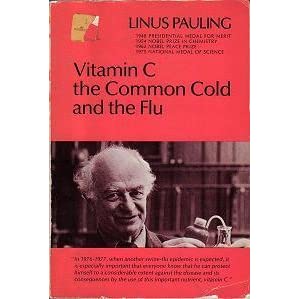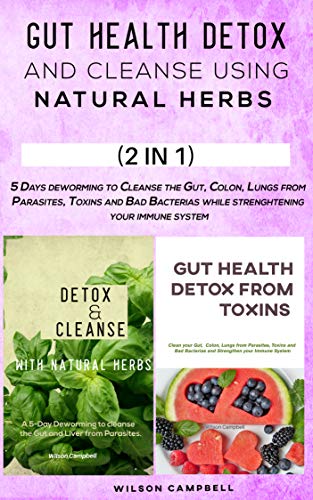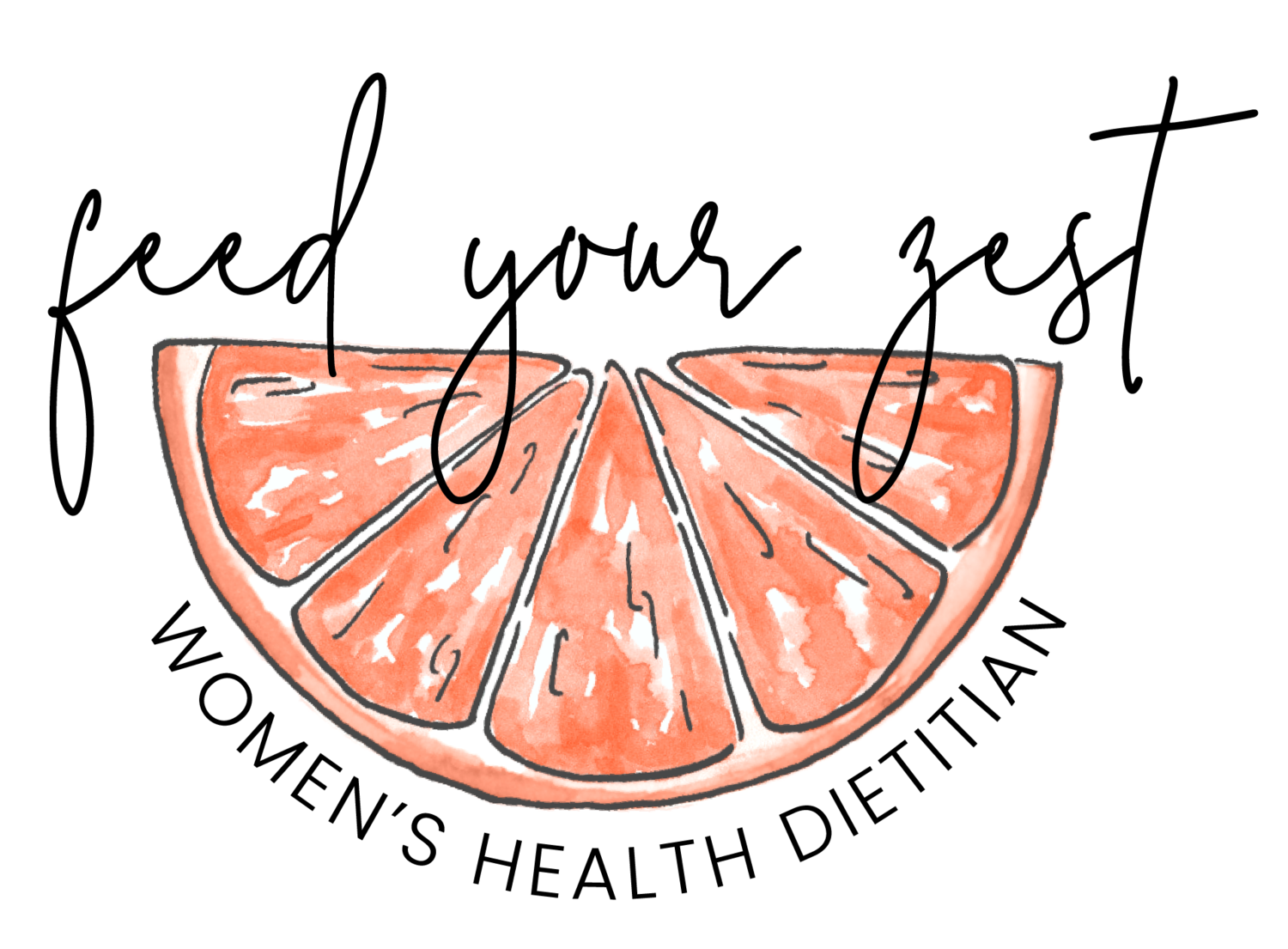
When choosing protein sources, it is important to consider the amino acid content of each item. Different proteins have different amounts. Certain foods are deficient in certain amino acids while others are rich. Fish, poultry, and meat are excellent sources for protein, as they are low-calorie and fat. Vegetables are lower in lysine (tryptophan), methionine, and other amino acids. Combining meat and vegetables with grains can balance out the lack of one amino acid. However, most health organisations recommend eating meat and dairy for protein.
Other high-protein foods include nuts and seeds such as peanut butter, cashew butter, and almonds. Lamb is rich in essential nutrients such as iron, zinc, vitamin B12 and phosphorus. Lamb also has high levels of protein, but moderate amounts fat. CLA is an essential fatty acid which can be linked to weight management and improved satiety.
There are many forms of protein found in animal products, including eggs and milk. A study published in the Journal of Nutrition and Diet found that men who consume a high-protein diet have a 33% higher risk of developing heart failure. In addition, men who eat a high-protein diet are more likely to be overweight or diabetic, which is a risk factor for heart failure. A high-protein diet has been linked to an increased likelihood of developing colon or colorectal cancer. It has also been shown that it can negatively affect bone, liver and kidney health.
A good source of protein is legumes, which contain 27.9% of the amino acid leucine. Pea-protein isolate commercially and pea flour complement cereal based proteins. Moreover, legumes are important for vegetarian diets. While they lack methionine and cysteine they still contain adequate amounts of tryptophan (and threonine), which are crucial for proper function.
Beans and seeds are also excellent sources of protein. A quarter cup of most seeds and nuts can provide approximately 4 to 9g protein. Additionally, eight to nine grams can be obtained from a few tablespoons of seeds and tahini. The average person needs 1.2 grams of protein for every kilo of bodyweight. Tahini and seeds are a great source of protein for those who have a low protein diet.

Meat and dairy products are other foods rich in protein. Animal protein is considered to be the best source of protein, as it contains all nine essential amino acids. These foods also contain micronutrients like selenium and potassium. Despite their high content in proteins, they also add a bit of fat to your diet. Low-fat or smaller portions of dairy products are good options to cut down on your fat intake.
Plant-based proteins aren't limited to meat. Many grains contain high levels of protein. They are actually much more abundant than you may think. You can use them to supplement meat-based dishes. Lentils can be added to soups or salads for the same benefits. Lentils can also be used in smoothies and shakes. This is a great way to increase protein in your meals, without having to alter your diet. This will help you obtain the nutrients that you need.
Protein is essential for those with diabetes. Protein is not only an energy-boosting substance but also offers many other benefits. It can make you feel fuller and stop you from getting hungry often. The more protein you consume, the better. Protein is important for your health and blood sugar control. It can help you balance your moods and energy levels. Aim to consume two portions of chicken or fish per week.

Protein has many health benefits that are not found in carbohydrates. It increases energy levels and promotes weight loss. But, too much protein can lead to negative side effects. It can also lower your immune system. It can also lower your risk of suffering a heart attack. It is important to ensure that your body receives the correct amount of protein each day. For this reason, it's essential to eat foods with high levels of protein. You should consult your doctor before you decide whether to eat a food high in these nutrients.
FAQ
What are the basic skills of cooking?
Basic cooking skills include reading recipes, measuring ingredients, cooking safely and cleaning up afterwards. You need to master these skills if you want to cook for your own meals. You can also save money by cooking at home.
Do I have to buy ingredients in order to cook?
You don’t always need to buy the ingredients. You can buy premade sauces or other items at most grocery stores. Pre-made meals are a great way to save money.
How much does a culinary school cost?
The cost of a culinary school depends on where you are, how much you study, and what program or course you choose. The average tuition cost is $10,000-$30,000 annually. The majority of students graduate with around $20,000 in student debt. There are some programs that offer grants and scholarships as well as work-study options.
Statistics
- You'll be amazed that over 90% of CIA students receive scholarships and grants to finish their culinary studies. (ischoolconnect.com)
- On average, chefs earn $58,740 a year, according to the BLS. - learnhowtobecome.org
- In the United States, the category is estimated at $23.2 billion annually and is growing faster than the market. (washingtonpost.com)
External Links
How To
How to make an omelet that is perfect
Omelets is one of my favourite breakfast foods. But how do you create them perfectly? I've tried many different methods and recipes, but none of them seem to work! So I wanted to share some tips and tricks so that you can make delicious, fluffy omelets every morn.
First, eggs can be very temperamental ingredients for making omelets. They must be fresh, preferably from the organic market, and be kept cold until cooking. If you don't keep them cold enough, the whites won't form properly, and the yolks will break down too much and become runny. This can make your omelets look bizarrely colored. If you plan to cook the eggs right away, it is best to use room temperature eggs.
Another tip is to separate your egg before adding it into the pan. The yolk and white should not be mixed together as this can cause the omelet's curdle.
You might burn the bottom of the egg if you place the egg directly on the stovetop. This could ruin the texture of your omelet. Instead, heat the egg in a microwave for 10 seconds and then place it in a pan. The microwave heat cooks your egg just right, without it becoming too soft.
Next, let’s talk about mixing the egg. You want to mix the eggs thoroughly before you add them. Turn the bowl upside down and grab the whisk to do this. Next, shake the bowl vigorously. This way, the air inside the bowl gets whipped around and mixes the egg thoroughly.
The fun part begins - you need to pour the milk into your mixture. The first step is to pour half of the milk in the beaten eggs. Next, fold the eggs into the remaining milk. Do not worry if you see streaks of egg; they will disappear when the omelet is flipped.
After folding the eggs, place the pan on medium heat and wait for the oil to start sizzling. When the oil is hot enough, add 1/4 cup butter to the pan. Stir it around until the butter covers the entire pan. Now carefully crack open the lid of the pan and sprinkle salt into the pan. Salt will prevent the omelet sticking to the pan.
Cover the pan once you have formed the omelet. Wait for the top to set. Flip the omelet by using a spatula. Cook the second side for a minute or so. Take out the omelet and place it in a bowl.
This recipe works best with whole milk, but skimmed milk also works.